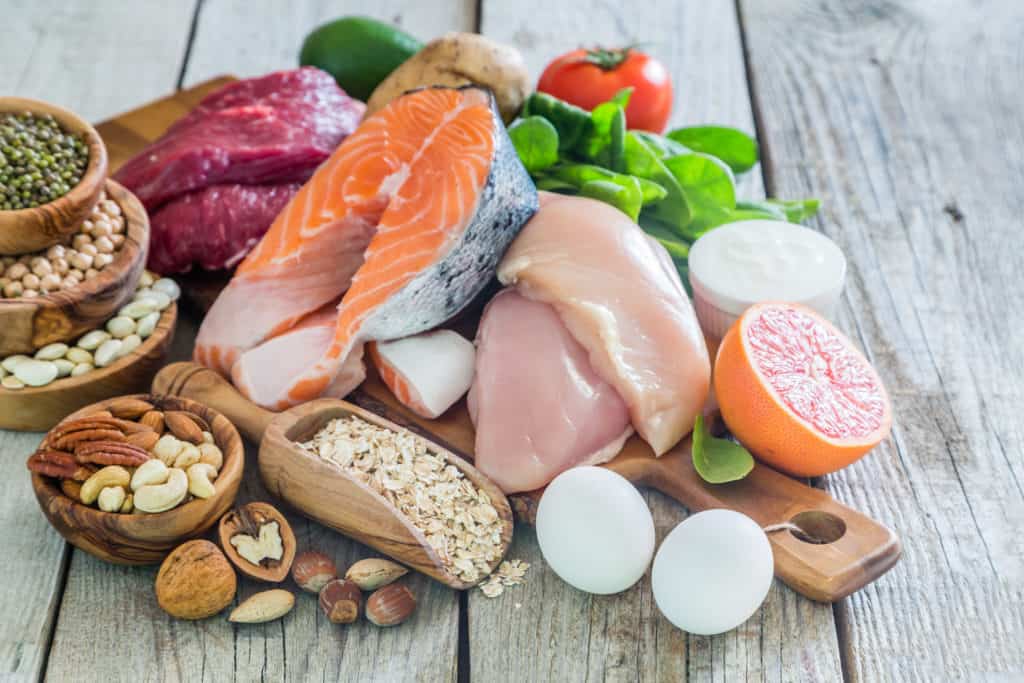In talking with others, I’ve frequently find that when we experience pain of almost any kind, we often look for pain relief that works within minutes. Convenience and speed seem to be the priority. And too often, our first choice is one of the more devastating over-the-counter drugs. You may have guessed that I’m referring to NSAIDs such as ibuprofen (sold under the brand names Advil and Motrin). The main purpose of NSAIDs (nonsteroidal anti-inflammatory drugs) is to relieve pain, swelling, and inflammation, but according to the Mayo Clinic, the side effects can be dreadful.
Even though these drugs may be appropriate for some serious pain events, they should never become a part of our daily life or taken for manageable pain. (Of course, some of us will occasionally need much stronger pain medication specifically associated with an end stage illness when the use of NSAIDs cannot help.)
In researching this subject, I asked myself if chronic, manageable pain could be substantially reduced if we eliminated the highly inflammatory foods that we ingest on a daily basis. And I wasn’t at all surprised that credible studies show that inflammation is the number one cause of pain:
“Every pain syndrome has an inflammatory profile consisting of the inflammatory mediators that are present in the pain syndrome. The inflammatory profile may have variations from one person to another and may have variations in the same person at different times. The key to treatment of Pain Syndromes is an understanding of their inflammatory profile. Pain syndromes may be treated medically or surgically, and I would also include nutritionally. The goal should be inhibition or suppression of production of the inflammatory mediators and inhibition, suppression or modulation of neuronal afferent and efferent (motor) transmission. A successful outcome is one that results in less inflammation and thus less pain.”
—“The Biochemical Origin of Pain,” Sota Omoigui, MD, Med. Hypotheses, 69(6):1169–1178. (All emphasis mine.)
So let’s look at a better way we can begin reducing our daily intake of inflammatory food poisons. We can also examine some side-effect free remedies to help us avoid drastic problems associated with over-the-counter drugs (which, by the way, will never bring about the kind of healing that might eliminate or minimize pain levels that need more than a four-hour anti-inflammatory).
During a recent conversation with one of my favorite holistic practitioners, Dr. Bruce Fife, he explained what an inflammatory diet looks like. Take a few minutes to read the following information to see how much of your diet is inflammatory. I will then share some great anti-inflammatory foods and remedies as well as some great past blog posts that address chronic pain. (Personal note: The links I share below are my own recommendations that I know to be of the highest quality.)
Commentary by Dr. Bruce Fife, ND
“An inflammatory diet is one that promotes inflammation or contains inflammatory foods. Such foods include sugar (in all its many forms), polyunsaturated vegetable oils, many chemical food additives, GMO foods loaded with pesticide residue, and other heavily sprayed foods.
“Simple carbohydrates promote inflammation because they raise blood glucose, and elevated blood glucose increases the rate that advanced glycation end products (AGEs), which are very pro-inflammatory, form. Anything that promotes the production of free radicals is pro-inflammatory. AGEs do this. Polyunsaturated fats do this, as do some food additives (MSG, aspartame, etc.), charred or overly cooked foods, pesticides, and radiation (UV, X-ray, and so on).
“Processed foods are likely pro-inflammatory because they usually contain sugar, pesticide residue, vegetable oils, and food additives that promote inflammation. So stay away from packaged, processed foods. Eat fresh, whole foods.
“A low-carb and/or a keto diet would be very anti-inflammatory. The ketogenic diet especially. The keto diet actually activates genes that down regulate inflammation. The keto diet also activates genes that produce nutrients to calm free radicals/oxidative stress. [Personal note: Dr. Fife’s Keto Cookery is a good ketogenic diet to start with.]
“Coconut oil is anti-inflammatory. So is turmeric. Most fresh vegetables contain nutrients (vitamins A, C, D, K, and beta-carotene, lycopene, lutein, zinc, selenium, etc.). Fish and seaweed contain omega-3 fats that are anti-inflammatory. Whole, organic grains are also anti-inflammatory but should be avoided if you’re allergic to them or have celiac disease. Refined white flour can be inflammatory as it is mostly starch (glucose). Glucose raises blood sugar, which increases AGEs, which are inflammatory. Plus, white bread often also contains sugar, vegetable oils, preservatives, etc.”
What Are the Best Anti-Inflammatory Foods?
In my search for a good list of the best of the best anti-inflammatory foods, I found many sources that exclude organic whole grains, healthy saturated fats, and other great foods like raw milk. These are from pro-vegan and vegetarian sources, which have a different opinion on what constitutes healthy whole foods.
On the other hand, I look to organizations that promote healthy whole foods in all the food categories. These include the Weston A. Price Foundation, the studies of Dr. Royal Lee, and the research of Dr. Bruce Fife. Below is a short list of the key food categories that can help make your transition away from inflammatory foods easy, tasty, and healthy. The key to an anti- inflammatory diet is that it consists of fresh, whole, and unprocessed foods. The more of these that you eat this diet, the less inflammation you create in your body!
Anti-Inflammatory Food Categories 
- Cold water fish: Some of the best are salmon, sardines, tuna, and mackerel.
- Fruits: Nearly all fresh fruits are great choices, but berries top the list.
- Nuts: Crispy walnuts, almonds, and macadamia nuts are the best choices.
- Vegetables: Deep green vegetables are a powerhouse of nutrition, as are other complex carbohydrate such as potatoes, squash, carrots, and other vegetables.
- Spices: My favorites are ginger and turmeric, used in cooking and as remedy in tea.
- Whole organic grains: These include wheat, buckwheat, einkorn, emmer, and spelt.
Personal note: This is only a partial list of foods that qualify for an anti-inflammatory diet. All nuts should be made into crispy nuts, as shown in my DVD Cook Your Way to Wellness. Healthy fats aren’t mentioned above, but they include lard from pastured hogs, tallow from grass-fed cows, duck and chicken fat from free-range hens, butter, and coconut oil.
Olive oil shouldn’t be used for medium or high-heat cooking. I recommend it be used unheated in salads or other dishes. Grains should always be organic. I highly recommend Lee Organics for superior grains. Raw milk is a must as it is a nutrient dense food.
Recommended Blog Posts (with Recipes) to Help Relieve Pain
“Why Am I Getting So Stiff,” my blog post about stiffness, soreness, and pain, explores many wonderful healing and pain remedies. “When Your Pain Sucks” covers another very important issue, the COX-2 isoenzyme, which must be considered when arthritic or other bodily pains are concerned. Above all, remember that the most inflammatory food is refined sugar. Stop the sugars, stop the pain!
[xyz-ihs snippet=”Begin-Authors-Note”]Afterthoughts from the Traditional Cook
As we all know, it’s impossible to help others unless you’ve been there and done that. Hello friends, meet one of those people. (Smile) Yes, at one time—and long before I became a nutritionist—I experienced such severe pain from a serious back injury that I too resorted to NSAIDs. But once I realized that my liver was being affected, I made an about face and began to ask what was the real reason that I thought I needed to take these drugs every 4–6 hours in order to stop hurting.
It eventually dawned on me that I was like many others who rely on two things that can take us to the grave sooner than we want to go. Those two things are convenience and speed. I wanted it all to be easy and fast! So as I come to end of this particular blog post, I want to simply say slow down and read more about the natural abundance of the good foods and remedies I’ve outlined above.
Most importantly, come to believe that cooking is an essential part of a good, healthy, and happy life. Most of us want it all to be easy and fast, but that never works. Start today to be as free of inflammation as possible. The rewards, I promise, will be the best pay-off possible.
[xyz-ihs snippet=”End-Authors-Note”]Note from Maria: I am a Certified Natural Health Professional, CNHP, not a medical doctor. I do not diagnose, prescribe for, treat, or claim to prevent, mitigate, or cure any human diseases. Please see your medical doctor prior to following any recommendations I make in my blogs or on my website.
Image from iStock/shironosov (main image), DragonImages (sugar), a_namenko (fish and nuts).




